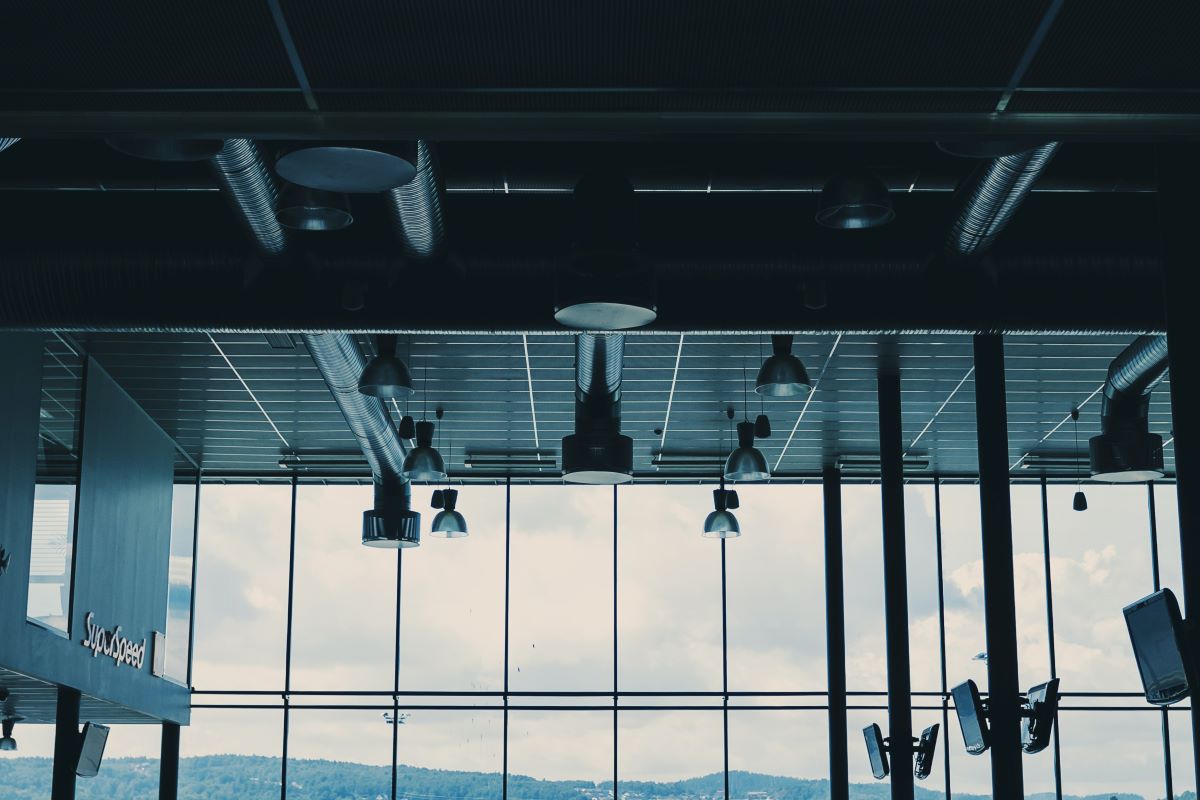Understanding the Role of Indoor Air Quality
Have you ever stopped to think about the vital role a proper ventilation system plays in your Canadian home or building? Indoor air quality can have a huge impact on the health and well-being of individuals. With people increasingly spending a significant amount of time indoors, it’s vital to ensure that the air they breathe is clean, fresh and free from pollutants.
A well-functioning ventilation system is the backbone of maintaining optimal indoor air quality. It helps remove stale air, control humidity levels and introduce fresh outdoor air. By effectively circulating and filtering the air, a proper ventilation system creates a healthier and more comfortable environment for occupants.
Read on for an overview of the importance of ventilation and of having an effective system in place.
An Overview of Ventilation Systems
Ventilation is the movement of air throughout a building via an HVAC system to maintain a healthy and comfortable indoor environment. It involves removing stale air, controlling moisture levels and introducing fresh air to dilute pollutants and improve indoor air quality. 
There are two types of ventilation: natural and mechanical.
Natural Ventilation
Natural ventilation relies on natural forces like wind and buoyancy to circulate air within a space. It can be achieved through open windows, doors, vents or architectural design elements that facilitate air movement. While natural ventilation is energy-efficient, its effectiveness can vary depending on external conditions and building design.
Mechanical Ventilation
Mechanical ventilation systems utilize equipment to control and circulate air. These systems provide consistent airflow and can be customized to meet specific air exchange requirements. Here are the primary types of mechanical ventilation:
- Exhaust ventilation: Exhaust ventilation systems use fans to remove stale air from the building. These fans are typically installed in areas prone to moisture and pollutants, such as kitchens, bathrooms and laundry rooms. As stale air is extracted, fresh outdoor air enters the building through passive vents or intentional air inlets.
- Supply ventilation: Supply ventilation systems work by supplying fresh outdoor air into the building. They use fans to draw in external air, which is then distributed to different areas within the building. Stale air is simultaneously expelled through exhaust vents or intentional air outlets.
- Balanced ventilation: Balanced ventilation systems combine elements of both exhaust and supply ventilation. They incorporate separate fans for both air intake and air exhaust, ensuring a balanced airflow.
- Forced air furnaces: Forced air furnaces are heating systems used in buildings to provide warmth. They work by igniting fuel, such as gas or oil, to generate heat, which is then transferred to the air through a heat exchanger. A blower fan forces the heated air through ductwork and distributes it to different areas through vents.
Understanding the Role of Indoor Air Quality
With the amount of time we spend indoors, it’s important to consider the impact that indoor air pollutants can have on our health. These pollutants can come from a variety of sources, such as cleaning products, stoves, building materials, and even outdoor pollution that seeps in through windows and doors.
Indoor air pollutants can pose serious health risks if not properly managed. They can aggravate existing respiratory conditions like asthma or allergies, and prolonged exposure to certain pollutants can even lead to more severe health issues such as lung cancer or heart disease.
FACT: Did you know that cooking is one of the largest contributors to indoor air pollution?
To mitigate these risks, having a proper ventilation system in place is essential.
3 Key Benefits of a Proper Ventilation System
A well-designed ventilation system is far more than just an arrangement of fans and ducts; it is the lifeblood that breathes fresh air into indoor spaces, ensuring a myriad of benefits for both the building itself and its occupants.
From maintaining excellent indoor air quality to promoting a comfortable and productive environment, the advantages of a properly engineered ventilation system are undeniable and include:
- Improved Indoor Air Quality
Removal of pollutants, allergens, and odours: By continuously exchanging stale air with fresh outdoor air, the system helps eliminate dust particles, pet dander, smoke, volatile organic compounds (VOCs) and other airborne contaminants that can negatively impact air quality.
Prevention of mould and moisture buildup: Too much moisture in the air can lead to respiratory issues and structural damage. By controlling humidity levels, the ventilation system reduces the likelihood of mould growth, helps prevent condensation on windows and walls and protects the integrity of the building materials.
- Health and Well-Being of Occupants
Reduced risk of respiratory issues: By removing pollutants and ensuring a constant supply of fresh air, ventilation systems help minimize exposure to indoor allergens, such as dust mites and pollen. This can help to reduce respiratory illnesses and symptoms, such as allergies, asthma and respiratory infections.
Enhanced comfort and productivity: Through continuously supplying fresh air, these systems prevent stuffiness, drowsiness and fatigue, promoting alertness and productivity among employees, residents or visitors.
- Energy Efficiency and Cost Savings
Optimal airflow and temperature control: While strategically distributing fresh air and exhausting stale air, ventilation systems maintain consistent indoor temperatures throughout a building. This can reduce the reliance on heating and cooling systems, resulting in lower energy consumption and associated costs.
Minimizing heating and cooling loads: Proper and effective ventilation can help with indoor temperature control by removing excess heat from the air in warmer months and distributing warm air through the building during winter. This reduces the workload on HVAC (heating, ventilation, and air conditioning) systems, leading to energy savings and decreased operational costs.
Choose Lockhart Industries for Your Ventilation Needs
When it comes to ensuring proper ventilation in your Canadian home or building, Lockhart Industries is the name you can trust. With our expertise in ventilation systems, we’ve been helping homeowners and businesses achieve optimal indoor air quality for over 40 years.
Lockhart Industries understands the unique needs of homes and buildings on Vancouver Island when it comes to ventilation. We provide customized solutions tailored to your specific requirements. Our team of skilled professionals ensures that every aspect of the installation process is done efficiently and effectively.
Don’t compromise the health and comfort of your loved ones by neglecting proper ventilation. Trust the building ventilation experts in Duncan, BC, who are committed to providing you with superior service and a healthier indoor environment for years to come! Contact us today to find out how we can help with your ventilation needs.
Easy Financing with…
Start Saving Money NOW! There’s no need to putting off a more Energy Efficient, Cost Effective home comfort system. We make it simple!
With Financeit you can:
- Make additional payments any time without penalty.
- Get a lower payment by choosing an amortization period of up to 180 months. 7.99% to 11.99% interest rate.*
- We add a small fee to the loan amount. There are no hidden or additional charges
- Bank-level encryption (AES-256 bit SSL) to protect your personal information.




